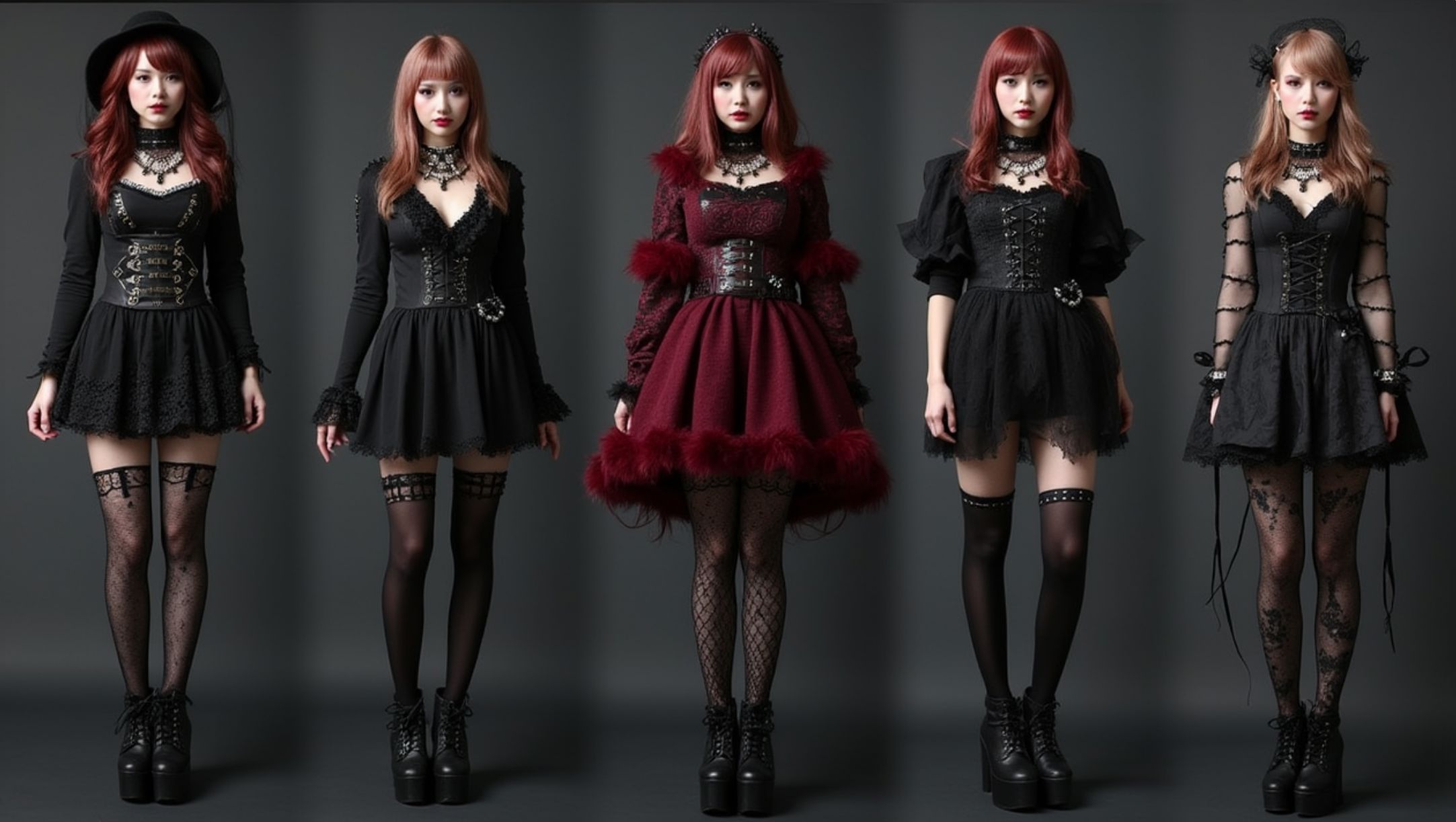
The Mysterious Allure of Gothic Fashion: Dark and Edgy
Introduction: What Makes Gothic Fashion So Captivating?
Gothic fashion isn’t just about wearing black—it’s a statement, a mood, an entire subculture wrapped in velvet and lace. Why does this dark aesthetic continue to fascinate generations? Because it defies norms, embraces mystery, and turns clothing into an art form.
A Rebellion Against the Ordinary
In a world obsessed with bright colors and fast fashion, gothic style stands out by rejecting conformity. It’s a visual rebellion—one that whispers rather than shouts.
The Origins of Gothic Fashion
Medieval Roots and Victorian Influences
Gothic fashion borrows from medieval cathedrals and Victorian mourning attire. Think high collars, corsets, and long, flowing garments that evoke a sense of drama and melancholy.
The Punk and Post-Punk Revival
The 1980s saw goth explode into mainstream consciousness, thanks to bands like The Cure and Bauhaus. Punk’s DIY ethos merged with gothic romanticism, creating a subculture that thrives today.
Key Elements of Gothic Style
The Dominance of Black (And Why It’s More Than Just a Color)
Black isn’t just a shade—it’s a philosophy. It represents depth, elegance, and a rejection of superficiality.
Dramatic Silhouettes: Corsets, Capes, and Flowing Fabrics
Gothic fashion loves contrast—tight corsets against billowing sleeves, structured jackets with delicate lace. It’s all about balance.
Intricate Details: Lace, Velvet, and Leather
Texture is key. Whether it’s the softness of velvet or the sharpness of leather, gothic fashion thrives on tactile richness.
Symbolism in Gothic Accessories
Chokers, pentagram jewelry, and ornate crosses aren’t just decorations—they carry meaning, often tied to themes of mortality and mysticism.
Subgenres of Gothic Fashion
Romantic Goth: Elegance Meets Darkness
Imagine Dracula’s aristocratic charm—flowing dresses, poet shirts, and a touch of vintage drama.
Cyber Goth: Futuristic and Industrial
Neon fishnets, PVC, and platform boots define this edgy, rave-ready style.
Pastel Goth: A Playful Twist on Darkness
Soft pinks and purples meet skull motifs—a rebellion in pastel.
Vampire Goth: Mysterious and Seductive
Think Interview with the Vampire—deep reds, high collars, and an air of danger.
How to Incorporate Gothic Fashion into Everyday Wear
Subtle Goth: Dark Minimalism
A black turtleneck, tailored trousers, and a silver ring can hint at gothic influence without going full vamp.
Statement Goth: Bold and Unapologetic
Layered lace, heavy boots, and dark lipstick—own the look with confidence.
Gothic Fashion in Pop Culture
Music Icons Who Defined the Aesthetic
From Siouxsie Sioux to Marilyn Manson, musicians have kept goth alive and evolving.
Gothic Influences in Film and TV
Movies like The Crow and shows like Wednesday prove gothic fashion is timeless.
Where to Shop for Gothic Clothing
High-End Gothic Designers
Brands like Alexander McQueen and Rick Owens blend gothic elements with high fashion.
Affordable Gothic Fashion Brands
Killstar, Disturbia, and Dracula Clothing offer accessible gothic staples.
Conclusion: Why Gothic Fashion Will Never Fade
Gothic fashion isn’t a trend—it’s a movement. It adapts, reinvents, and remains a sanctuary for those who find beauty in the shadows.
FAQs
- Is gothic fashion only for young people?
Absolutely not! Gothic style transcends age—it’s about attitude, not birth year. - Can I wear gothic fashion to work?
Yes! Opt for dark neutrals, structured blazers, and subtle accessories. - What’s the difference between goth and emo fashion?
Goth leans romantic and Victorian; emo is more punk-inspired with band tees and skinny jeans. - Do I have to wear all black to be goth?
Not necessarily—deep purples, reds, and even pastels can fit the aesthetic. - How can I start experimenting with gothic fashion?
Begin with basics: a black coat, lace gloves, or a statement ring. Build from there!

